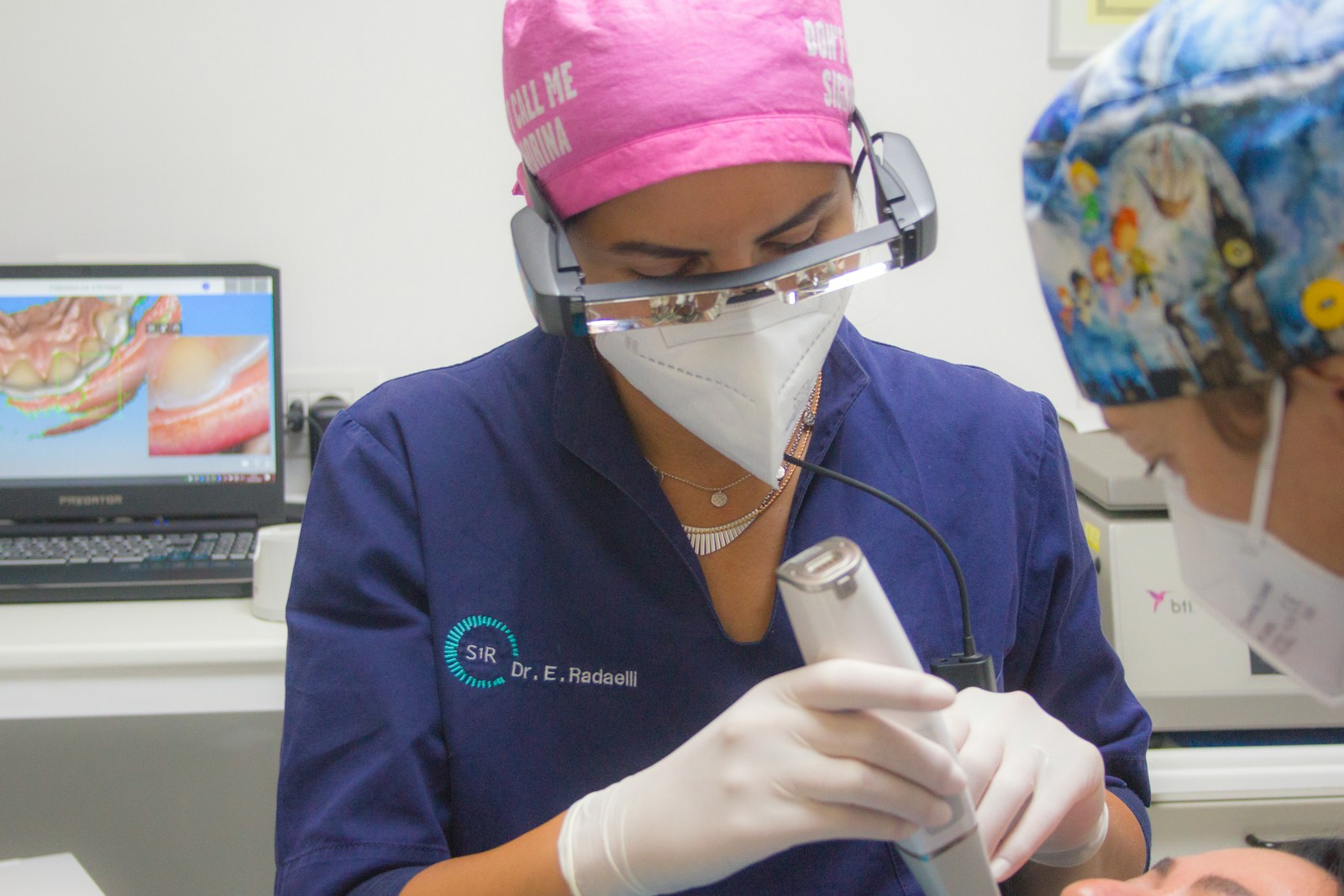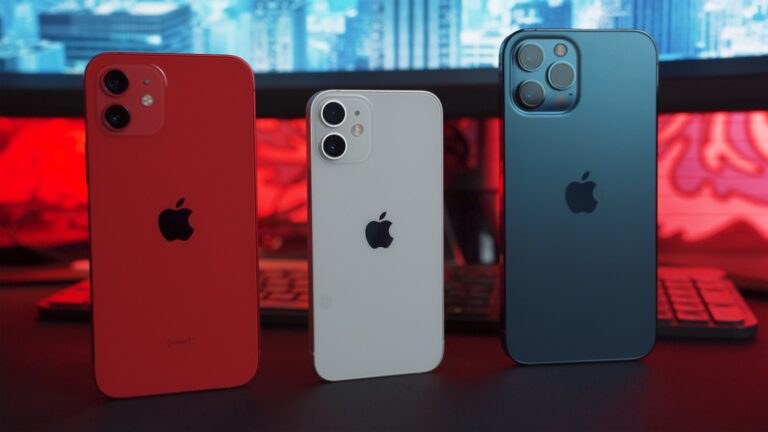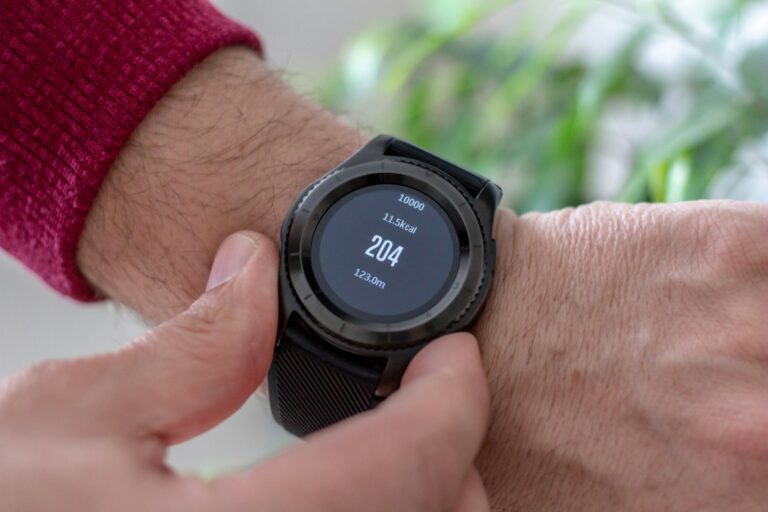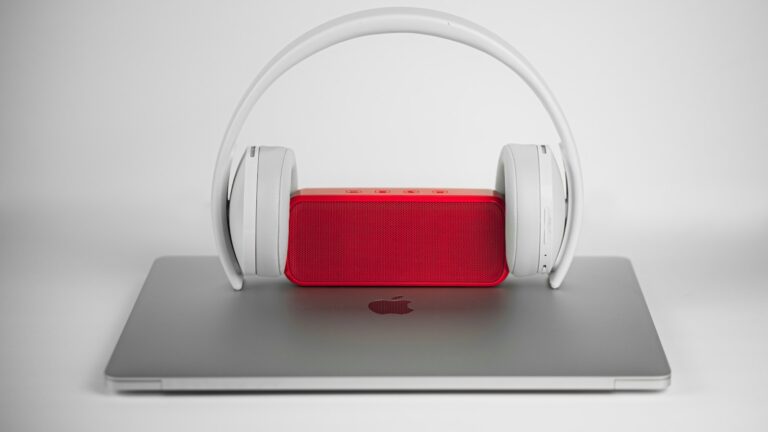
Handheld 3D scanners have revolutionized how we capture real-world objects in digital form. These portable devices allow you to create detailed 3D models without expensive equipment or specialized training. To use a handheld 3D scanner effectively, move slowly and smoothly around your object while maintaining the ideal scanning distance recommended by your device’s manufacturer.
Getting started with 3D scanning might seem intimidating, but it’s surprisingly accessible. Modern handheld scanners work by capturing thousands of points as you move around an object, creating what’s called a point cloud. Many scanners can work with smartphones or connect directly to your computer, making the technology more user-friendly than ever before.
Pay attention to lighting conditions when scanning – too bright or too dark environments can affect scan quality. For best results, move your scanner slowly and maintain a consistent distance from the object. Remember that scanning is just the first step – you’ll need to process the captured data afterward to create usable 3D models for printing, design work, or digital preservation.
Key Takeaways
- Maintain proper distance and move slowly around your object for optimal 3D scanning results.
- Lighting conditions significantly impact scan quality, so aim for even, moderate brightness.
- Post-processing software transforms your raw scan data into usable 3D models for various applications.
Understanding 3D Scanning Technology
3D scanning technology transforms physical objects into digital models using various methods that capture surface data with incredible precision. This technology bridges the physical and digital worlds, allowing you to manipulate and reproduce objects digitally.
Types of 3D Scanners
Handheld 3D scanners come in several varieties, each with unique strengths. Laser scanners use laser beams to measure distances from the scanner to the object’s surface with high precision. These are excellent for capturing detailed geometry and work well in various lighting conditions.
Structured light scanners project light patterns onto objects and analyze how these patterns deform when hitting surfaces. They’re typically faster than laser scanners but may struggle in bright environments.
Photogrammetry systems use multiple photographs taken from different angles to construct 3D models. This method is more affordable but requires good lighting and textured surfaces to work effectively.
Time-of-flight scanners measure the time light takes to travel to an object and back, making them ideal for scanning large objects or environments.
How 3D Scanning Works
The basic principle behind 3D scanning involves capturing the shape of an object’s surface. 3D scanners work by projecting light onto an object and analyzing the reflection.
When you use a handheld scanner, you’ll typically move it around the object while it collects data points called a “point cloud.” This collection of spatial coordinates represents the object’s surface geometry.
Most modern scanners use either lasers or structured light to collect this data. The scanner measures either:
- The time it takes for light to return (time-of-flight)
- The angle of reflection (triangulation)
- How patterns deform when hitting the object (structured light)
The scanner’s software processes this raw data into a 3D mesh that you can view, edit, and use for 3D printing or other applications. Many scanners offer real-time feedback, showing you areas you’ve captured and spots you still need to scan.
Choosing the Right Handheld 3D Scanner
Selecting an appropriate handheld 3D scanner requires understanding both your specific application needs and the technical capabilities of different scanner models on the market.
Factors Affecting Scanner Selection
When choosing a handheld 3D scanner, portability is a major consideration, especially if you need to scan in different locations or hard-to-reach areas. Battery life directly impacts your scanning session duration, so evaluate this carefully based on your typical project timeframes.
Object size and material properties greatly influence scanner selection. Reflective, transparent, or dark surfaces like car dashboards can be challenging for some scanners to capture accurately.
Resolution requirements depend on your application – metrology-grade precision is essential for quality control but may be unnecessary for basic modeling tasks. Consider these technical specifications:
- Accuracy: Typically ranging from 0.1mm to 0.01mm
- Scan volume: Small objects vs. large environments
- Software compatibility: Must integrate with your workflow
- Price point: Entry-level ($2,000-$5,000) to professional ($15,000+)
Comparing Different Handheld Scanners
The market offers various technologies to match your specific needs. Laser scanners provide high accuracy but may struggle with certain materials, while structured light systems like the Einscan series offer versatility for multiple applications.
Don’t rely solely on specifications when making your decision. As Artec 3D advises, you should consider your exact application needs rather than just comparing numbers on paper.
For professional applications requiring metrology-grade precision, systems from manufacturers like FARO or Creaform offer sub-millimeter accuracy but at higher price points. These are ideal for engineering and manufacturing quality control.
Entry-level options provide good results for hobbyists scanning larger objects. The Einscan series provides excellent value with reasonable accuracy for most non-engineering applications.
Try testing scanners with your specific materials before purchasing, as scanner performance varies significantly with surface properties and environmental conditions.
Setting Up Your Handheld 3D Scanner
Before you begin scanning, proper setup is crucial for achieving accurate results. Getting the initial calibration right and preparing your objects carefully will make a big difference in scan quality.
Initial Calibration
Start by placing your handheld scanner on a stable surface and connecting it to your computer. Most scanners require software installation before first use. Download the manufacturer’s recommended application—like Revo Studio for Revopoint devices.
Turn on the scanner and open the software. Look for a calibration option in the menu. This step is essential and shouldn’t be skipped, as it ensures accurate measurements.
Many scanners include a calibration board or pattern. Place this at the recommended distance from your device. Follow the on-screen instructions, which typically involve:
- Holding the scanner at specific angles
- Moving it slowly across the calibration target
- Maintaining the suggested distance (usually 30-60cm)
Recalibrate your device if you change scanning environments or if accuracy seems off.
Preparing the Object for Scanning
The surface of your object greatly affects scan quality. Shiny surfaces reflect light and create scanning errors. Apply a temporary matte spray or powder to reflective objects. This coating can be removed after scanning.
For large objects, plan your scanning strategy before starting. You may need to:
- Scan in sections
- Use markers or reference points
- Ensure consistent lighting throughout
Position your object on a turntable if available—this makes capturing all angles easier. Remove any moving parts or secure them in place.
For best results, scan in a well-lit area without direct sunlight. Avoid rooms with multiple light sources that create competing shadows. If possible, use a stable surface that contrasts with your object’s color.
The Scanning Process
Using a handheld 3D scanner effectively requires understanding the core steps that transform physical objects into digital models. The process involves proper positioning, choosing appropriate scanning modes, and capturing data accurately to ensure quality results.
Positioning and Alignment
Proper positioning is crucial for successful 3D scanning. Hold your scanner at the ideal distance from the object – typically between 30-60cm depending on your device specifications. This distance helps maintain focus and detail capture.
Make sure to position yourself where you can comfortably move around the entire object. Good alignment depends on your movement technique, so move slowly and smoothly when scanning. This helps the scanner track its position relative to the object.
Lighting conditions matter significantly. Avoid direct sunlight or extremely bright environments as they can interfere with the scanner’s ability to capture data. A well-lit room with diffused lighting works best for most scanning situations.
Selecting the Scanning Mode
Most handheld 3D scanners offer multiple scanning modes optimized for different purposes:
- High Detail Mode: Best for capturing small objects with intricate features
- Fast Scan Mode: Ideal for larger objects where speed matters more than minute details
- Texture Mode: Essential when color and surface information are important
Handheld scanners rely on lasers or structured light to scan objects. Select your mode based on your specific project needs and the object’s characteristics.
Pay attention to the tracking method your scanner uses. Some devices use feature tracking, while others use markers placed on or around the object to maintain position accuracy.
Capturing the Data
During data capture, maintain a consistent distance and angle to the object. Start by creating an initial alignment scan, which serves as the foundation for your 3D model. This initial scan establishes the coordinate system for the entire model.
Monitor the real-time feedback on your scanner’s software. You’ll see the point cloud developing as you scan, which represents the collected data points from the object’s surface. Make sure areas are properly filled in before moving to new sections.
For complex objects, consider these techniques:
- Scan in sections or segments
- Use feature-rich areas to help with alignment
- Scan problematic areas multiple times for better coverage
After the scan completes, the software will process the point cloud into a 3D mesh that can be further refined or exported to other 3D applications.
Post-Processing and Exporting Data
After capturing your 3D scan data, you’ll need to refine it and prepare it for export to other applications. Proper post-processing ensures your scan data is accurate and usable for your intended purpose.
Cleaning and Refining Scans
Start by removing unwanted artifacts from your scan data. Most scanning software provides mesh parameter settings that help you get the required data quality for your project.
Look for these common clean-up tools in your software:
- Noise reduction – Removes stray points and data anomalies
- Hole filling – Patches areas where scan data is missing
- Decimation – Reduces file size by simplifying geometry while maintaining accuracy
For complex objects, you may need to align and merge multiple scans. Use registration tools to align separate scans based on overlapping geometry.
Consider using a manual turntable while scanning to get better coverage of your object and fewer alignment issues later.
Export Formats and Compatibility With CAD Software
Choose your export format based on your downstream applications. Common formats include:
| Format | Best For | Features |
|---|---|---|
| STL | 3D printing | Simple mesh representation |
| OBJ | Visual applications | Supports color and texture |
| STEP/IGES | CAD work | Parametric data transfer |
When preparing scans for import into SOLIDWORKS or other CAD programs, you’ll need specific post-processing steps. Most CAD software requires clean, simplified meshes or surface models.
For reverse engineering projects, consider specialized software like Artec Studio or RevoPoint that can convert mesh data to parametric surfaces. These programs offer tools to recognize geometric features like planes, cylinders, and holes.
Always validate your exported model against the original scan to ensure critical dimensions are maintained.
Applications of Handheld 3D Scanners
Handheld 3D scanners offer versatility and precision across numerous industries, transforming how professionals capture and utilize physical data in their workflows.
Quality Control and Inspection
In manufacturing, handheld 3D scanners have revolutionized quality control processes. You can quickly scan finished parts and compare them against CAD models to identify deviations as small as 0.1mm.
3D metrology applications allow for non-destructive testing and verification of components. This is particularly valuable in aerospace and automotive industries where precision is critical.
High-end systems like Zeiss Inspect offer ultra-fine scanning capabilities for measuring intricate features. These tools enable you to:
- Verify part dimensions against specifications
- Create detailed inspection reports with color maps
- Identify wear patterns in used components
- Monitor production quality in real-time
The ability to scan directly on the production floor saves time and reduces the need for specialized measurement labs.
Reverse Engineering and Design
Handheld scanners excel at capturing existing objects and converting them into digital models. You can scan a physical prototype and import it directly into CAD software for refinement.
Laser-based scanners create detailed point clouds that preserve every contour and feature of complex objects. This process is invaluable when original design files are unavailable or when improving existing products.
Engineers use these tools to:
- Capture legacy parts no longer in production
- Modify existing designs based on real-world testing
- Create custom components that must interface with existing objects
- Document historical artifacts for preservation
The scanning process is intuitive, resembling how you would use a camera but capturing dimensional data instead of just images.
3D Printing and Manufacturing
Handheld 3D scanners bridge the gap between physical objects and digital fabrication. You can scan an item, modify it digitally, and print a customized version within hours.
This workflow is transforming product development cycles. Portable scanners allow you to capture inspiration anywhere and quickly move to production.
Key applications include:
- Creating custom-fit products like prosthetics or ergonomic tools
- Reproducing discontinued parts for repairs
- Developing packaging that perfectly fits irregular objects
- Testing physical prototypes and making digital adjustments
The integration with CAM software lets you program CNC machines directly from scanned data. This streamlines manufacturing processes and reduces errors in translation between design and production.
Advanced Techniques and Considerations
Once you’ve mastered the basics of handheld 3D scanning, implementing advanced techniques can significantly improve your results. These approaches help you tackle difficult scanning scenarios and optimize your workflow for specific applications.
Scanning Complex Geometries
Complex geometries with intricate features require special attention. When scanning objects with deep recesses or cavities, adjust your scanning angle frequently to capture all surfaces. You might need to perform multiple scans from different positions to ensure complete coverage.
For highly detailed areas, switch to a higher resolution setting on your scanner. The Zeiss T-Scan Hawk 2 offers adjustable resolution modes that you can change depending on the feature complexity.
Reflective markers can be strategically placed around complex features to help the scanner maintain tracking. This is particularly useful when scanning objects with limited distinguishable features.
Consider using a turntable for small complex objects. This allows you to maintain a consistent scanning distance while the object rotates, capturing all angles efficiently.
For transparent or reflective parts, apply a thin layer of 3D scanning spray to create a scannable surface. This temporary coating makes these challenging materials visible to your scanner’s sensors.
Optimizing Scans for Different Use Cases
Different applications require different scanning approaches. For reverse engineering, focus on capturing accurate dimensions and geometric relationships. Use higher resolution settings and take extra time to ensure dimensional accuracy.
When scanning for 3D inspection, alignment is critical. Establish reference points on your object before scanning to enable precise comparison with CAD models later. HandsonMetrology software tools often include deviation analysis features that highlight differences between scan and reference data.
For digital archiving, balance file size with detail preservation. Capture surface textures and colors if your Hand-Held 3D Laser Scanner supports this functionality. This creates more realistic digital representations.
In automated manufacturing environments, focus on scan repeatability and speed. Create standardized scanning procedures that can be replicated consistently across multiple parts.
Always ensure your scanning environment remains controlled with consistent lighting to maintain scan quality across different sessions.
Frequently Asked Questions
Handheld 3D scanners require specific techniques and considerations to achieve optimal results. These common questions address key aspects from initial setup to technical considerations that impact scan quality.
What are the initial steps for operating a handheld 3D scanner for new users?
Begin by ensuring your scanner is properly calibrated according to the manufacturer’s instructions. This typically involves using the calibration board or target that came with your device.
Connect the scanner to your computer and launch the accompanying software. Make sure all drivers are updated to avoid compatibility issues.
Before scanning your actual object, practice with simple shapes to get familiar with the scanning motion. Most handheld scanners require a steady, smooth movement at a consistent distance from the object.
Which scanning spray is recommended for capturing high-quality 3D scans?
For shiny, transparent, or dark objects, a matte scanning spray is essential. Products like Aesub Blue provide temporary coating that evaporates within hours, leaving no residue.
For permanent applications, Dynaflux Spotcheck Developer or Helling 3D Laser Scanning Anti-Glare Spray work well. These create an even white coating that improves scan accuracy.
Always test sprays on a small area first, and use in a well-ventilated space while wearing appropriate protection. Apply thin, even coats from the recommended distance.
What are the best practices for ensuring accurate 3D scans with a handheld scanner?
Maintain consistent lighting conditions throughout your scan. Avoid direct sunlight or harsh shadows which can interfere with the scanner’s ability to capture details.
Keep a steady hand and maintain the recommended distance between the scanner and object. Moving too quickly can result in data loss or misalignment.
Scan in a systematic pattern—typically overlapping passes by about 30%—to ensure complete coverage. Most professional software will show real-time feedback of captured areas.
How can 3D scan markers or reference points improve the quality of a scan?
Reference markers help the scanner maintain position tracking when scanning large objects or areas with minimal features. They provide fixed points that the software can recognize.
Place markers in a non-symmetrical pattern around your scanning area. The software uses these unique arrangements to understand the scanner’s position in space.
For best results, use markers provided by your scanner manufacturer as they’re designed to work with your specific hardware and scanning software.
What are the optimal colors to ensure successful 3D scans?
Neutral, matte colors like gray, light blue, or beige typically scan best. These colors don’t absorb or reflect too much light, allowing for accurate surface capture.
Avoid highly reflective materials, pure black, and transparent surfaces as they create challenges for most scanners. These surfaces either absorb too much light or create unpredictable reflections.
If you must scan problematic colors or materials, use scanning spray or adjust your scanner’s exposure settings to compensate.
Can you explain the role of photogrammetry in relation to handheld 3D scanning?
Photogrammetry uses multiple photographs taken from different angles to create 3D models by identifying common points across images. Many handheld scanners incorporate this technology alongside other scanning methods.
The scanner captures numerous images as you move around the object, then the software analyzes how points shift between images to calculate depth and create a 3D mesh.
This technique works particularly well for capturing color and texture information, making it valuable for creating visually accurate models rather than just dimensional data.






